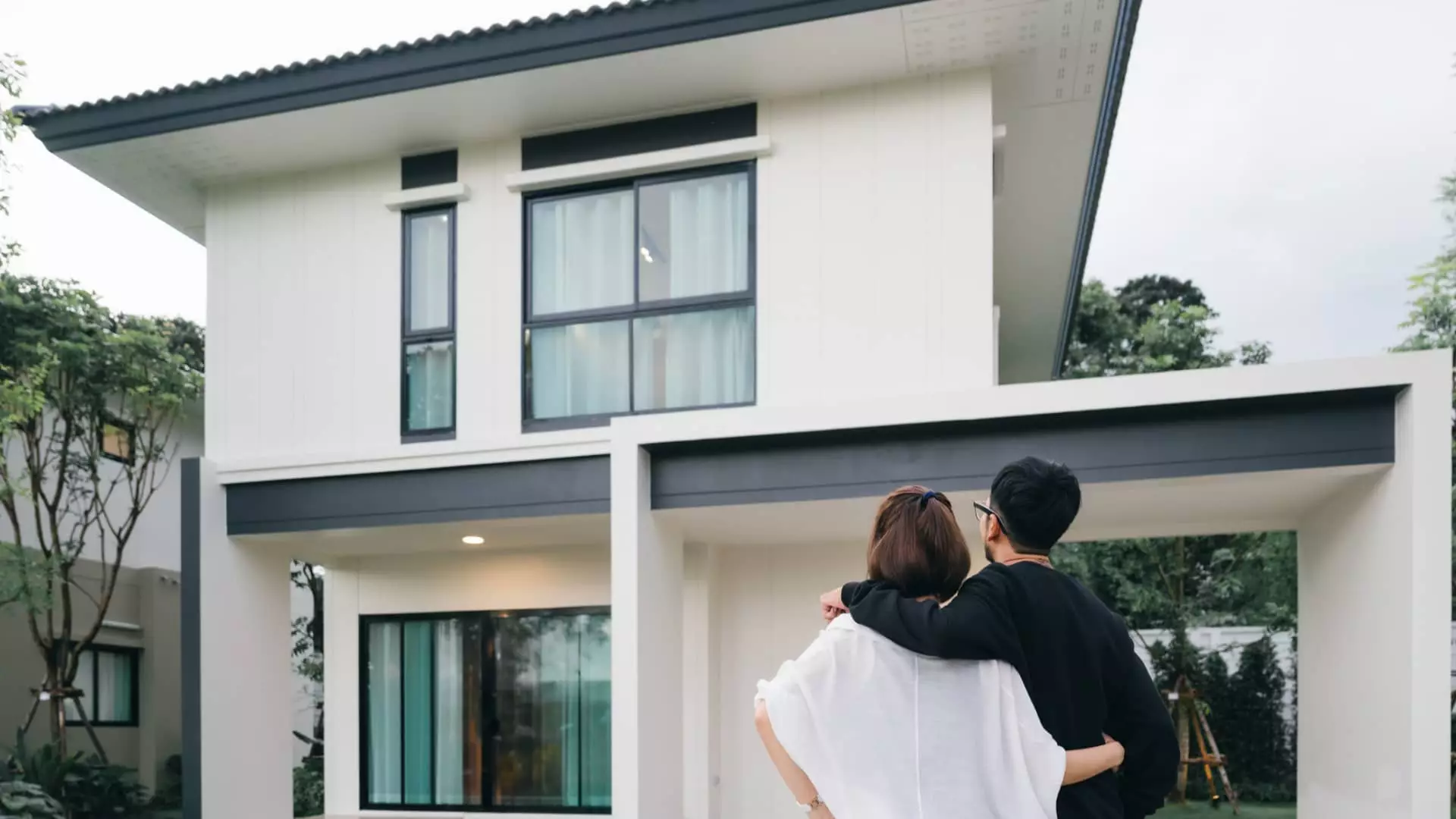The journey to homeownership often feels daunting for potential buyers, with the timeline for saving a down payment being a major concern. A report by RealtyHop highlights the significant differences in how long it may take to save for a 20% down payment based on geography. In metropolitan areas like New York City, where real estate prices are notoriously high, buyers face an approximate wait of 10.85 years to save a staggering $173,000—representing 20% of the median listing price of $865,000 for homes in that region. This disparity underscores how local markets dictate the financial feasibility of homeownership.
RealtyHop’s analysis spanned the top 100 U.S. cities by population, revealing that barriers to homeownership are much lower in places like Detroit, where a typical buyer earning the median household income can accumulate the necessary funds in just 2.53 years. Here, a 20% down payment would only total $20,000 for a $100,000 home. Cities like Cleveland, Baltimore, and Pittsburgh also exhibit shorter timelines, emphasizing the vast differences across U.S. housing markets. Such findings are invaluable as they shed light on how local economies and housing prices impact the dreams of prospective homeowners.
While geographic location plays a crucial role in homebuying timelines, demographic factors also significantly influence how quickly individuals can save for a down payment. A study from Zoocasa emphasizes that buyers with children face a considerably longer path to homeownership—often due to the heavy burden of child care expenses. In Detroit, for example, parents must stretch their savings timeline to 20.3 years compared to just 4.2 years for buyers without children. This highlights not only the economic challenges but also the impact of personal circumstances on financial planning.
Jacob Channel, an economist at LendingTree, notes that rising real estate prices create additional hurdles for buyers who wish to own homes in desirable neighborhoods. Particularly in locations like Los Angeles, where the median home price is around $1.13 million, families may need to save approximately $1,339 per month for over 14 years just to amass a sufficient down payment. This reality serves as a wake-up call for anyone banking on a relatively quick transition to homeownership in high-demand areas.
The commonly cited rule of a 20% down payment isn’t set in stone; many buyers are looking at varied financial avenues. Recent data shows that the average down payment in the third quarter of 2024 was only 14.5%, signifying a trend where prospective homeowners are leveraging smaller initial investments. Various loan programs contribute to this flexibility—VA loans may require no down payment for eligible buyers, while USDA loans cater to individuals looking to purchase homes in rural settings without needing any upfront cash. The FHA also allows down payments as low as 3.5% for qualifying borrowers, making homeownership more accessible to a broader demographic.
However, a smaller down payment often leads to larger monthly mortgage payments and the potential addition of private mortgage insurance (PMI). This insurance, applied when a buyer pays less than 20% upfront, can significantly elevate overall housing costs. As Channel rightly points out, it’s essential for buyers to weigh their options carefully when deciding on a down payment, as the implications extend beyond initial expenses into long-term financial commitments.
For those determined to enter the housing market, setting realistic savings goals is essential. Melissa Cohn, regional vice president at William Raveis Mortgage, advocates for a comprehensive understanding of one’s financial situation. This involves a meticulous evaluation of monthly income and expense patterns to ascertain how much can be saved. Cohn also encourages potential buyers to investigate the typical home prices in their desired areas, which can provide crucial context for their savings timeline.
Moreover, preparing for hidden costs like closing fees—ranging from 2% to 6% of the total loan amount—is vital for any homeowner’s budget. For a mortgage of $300,000, this could sum anywhere between $6,000 and $18,000, further complicating the financial picture for many buyers. Therefore, seeking insights from mortgage brokers or real estate professionals regarding local closing costs is a prudent step.
The pathway to homeownership is vastly influenced by geographic location, personal circumstances, and financial strategy. While varying timelines may seem overwhelming, informed decision-making and manageable goals can make this dream attainable. As Channel concludes, it’s crucial for potential homeowners to move at a pace that aligns with their financial capabilities and market realities. Whether aiming for a 20% down payment or exploring alternative routes, education and preparedness are your greatest allies in the quest for homeownership.

